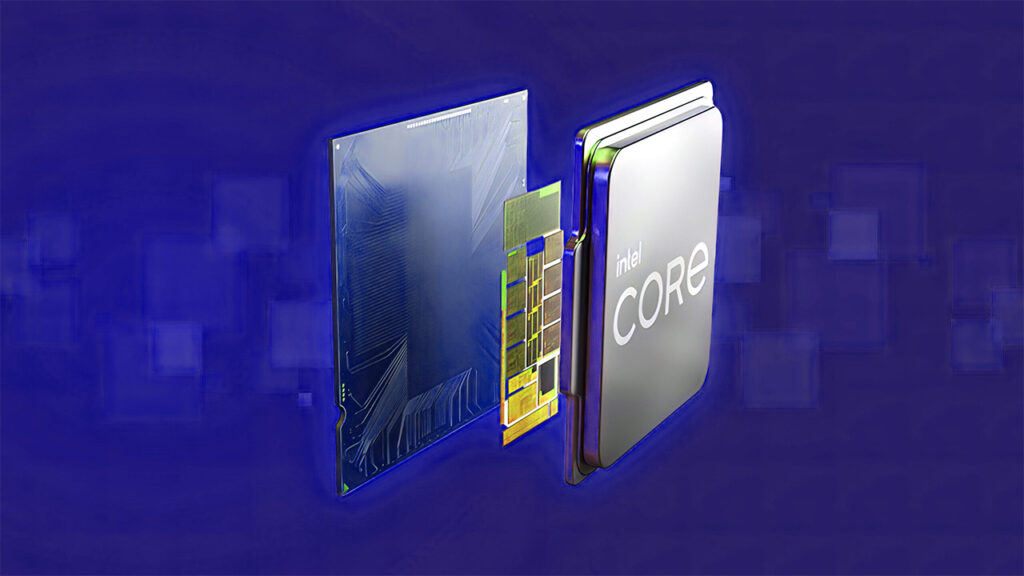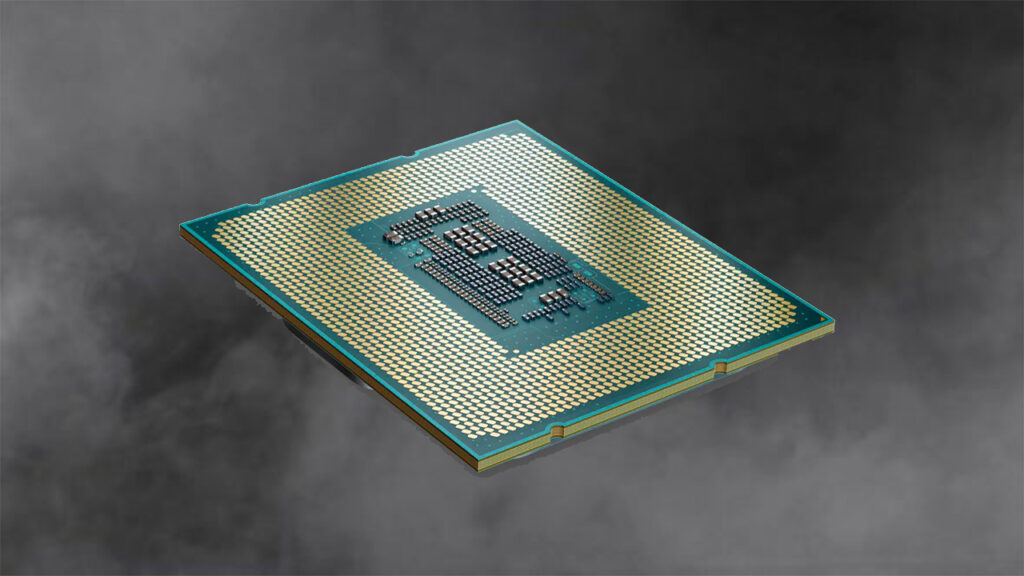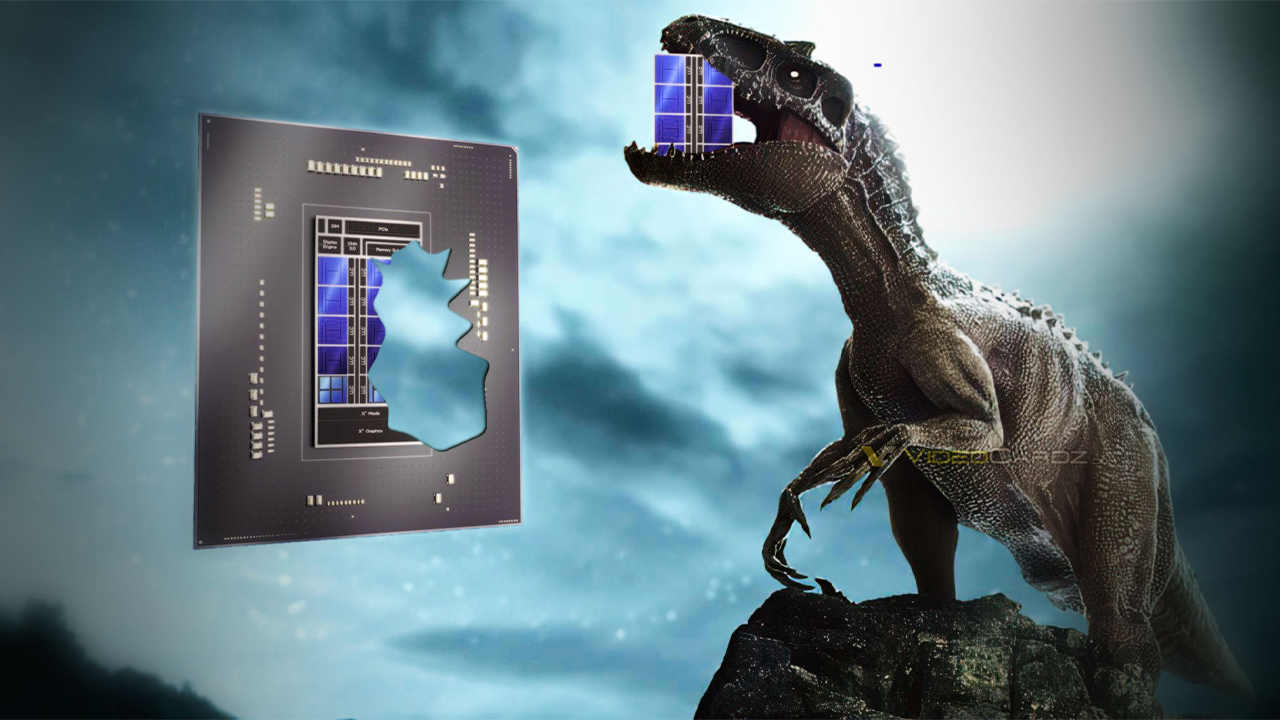After weeks of teasers and leaks, Intel is finally making its 13th Gen processors official today. Intel’s 13th Gen desktop CPUs will start arriving on October 20th, led by the flagship Core i9-13900K priced at $589. That’s the same price as Intel’s previous 12900K flagship, despite Intel’s warning of price increases. Here are the details.
Intel’s 13th Gen processors arrive October 20th with $589 flagship Core i9-13900K
Intel’s 13th Gen announcement comes just as AMD launches its new Ryzen 7000 processors today in a battle for desktop dominance. Intel’s Core i9-13900K will ship with 24 cores, 32 threads, and clock speeds of up to 5.8GHz.

Built on Intel’s 7 process and its x86 performance hybrid architecture, 13th Gen processors include Performance cores (P-cores) and Efficient cores (E-cores) that split workloads intelligently using Intel’s Thread Director, an embedded microcontroller inside the CPU that monitors threads and ensures they’re running on the correct cores.
Intel used this same architecture for its 12th Gen chips last year, and it’s a similar approach to what Apple has been doing with its Arm-based silicon. Instead of cramming new chips full of power-hungry cores, this P-core / E-core split should be more efficient. Having said that, these 13th Gen chips now consume more power in max turbo than their Alder Lake predecessors.

Intel’s 13th Gen of processors will include 22 in total, led by today’s Core “K” processors for the very high end of consumer PCs. Intel is promising up to 15 percent better single-thread performance on its Core i9-13900K and up to 41 percent better multithreaded performance.
Intel 13th Gen Raptor Lake desktop CPUs
| Model | Cores (performance / efficiency) | Threads | Base clock speed, (GHz) | Max turbo clock speed, (GHz) | Smart cache (L3) | Processor base power (W) | Maximum turbo power (W) | Graphics | Recommended price |
|---|---|---|---|---|---|---|---|---|---|
| i9-13900K | 24 (8P / 16E) | 32 | 3.0 / 2.2 | up to 5.8 | 36MB | 125 | 253 | UHD 770 | $589 |
| i9-13900KF | 24 (8P / 16E) | 32 | 3.0 / 2.2 | up to 5.8 | 36MB | 125 | 253 | N/A | $564 |
| i7-13700K | 16 (8P / 8E) | 24 | 3.4 / 2.5 | up to 5.4 | 30MB | 125 | 253 | UHD 770 | $409 |
| i7-13700KF | 16 (8P / 8E) | 24 | 3.4 / 2.5 | up to 5.4 | 30MB | 125 | 253 | N/A | $384 |
| i5-13600K | 14 (6P / 8E) | 20 | 3.5 / 2.6 | up to 5.1 | 24MB | 125 | 181 | UHD 770 | $319 |
| i5-13600KF | 14 (6P / 8E) | 20 | 3.5 / 2.6 | up to 5.1 | 24MB | 125 | 181 | N/A | $294 |
While Intel hasn’t bumped the number of P-cores available on its 13th Gen processors, the Core i5, i7, and i9 chips all have more E-cores, which should help in multitasking and multithreaded apps. That works out to eight more E-cores on the Core i9 and four more on the Core i7 and Core i5 chips.
The base frequencies for both types of cores have dropped across the Core i5, i7, and i9 chips. Instead, boost frequencies are up, which can take the Core i9 all the way to 5.8GHz. That’s 600MHz more than the 12900K, and on the latest Core i7, it’s 400MHz more, with the Core i5 at 200MHz more. Intel also teased a 6GHz-capable chip, but the company isn’t announcing that today.
There’s also PCIe Gen 5.0 support with up to 16 lanes off the processor and DDR5-5600 and DDR5-5200 support. Intel is also maintaining DDR4 compatibility for motherboard makers that want to continue shipping with DDR4 instead of DDR5. L3 and L2 cache have both been increased, too.
The real story here is price and power draw. Prices on the Core i9 and Core i7 processors are surprisingly the same as last year, despite Intel warning of price increases to its flagship chips earlier this year. The Core i5 is the only processor getting a price bump, with the Core i5-13600K moving to $319, up from the $289 pricing of the Core i5-12600K. Similarly, the Core i5-13600KF (without built-in graphics) is priced at $294, up from the $264 of last year’s model. It remains to be seen whether we actually see these suggested prices from retailers, though.
While price increases have only affected the Core i5 this year, power requirements are up all around. All Core i5, i7, and i9 chips have a base power of 125 watts, but the Core i7 and Core i9 will both need 253 watts for their max turbo power. That’s a 5 percent jump from the 241 watts on the Core i9 last year, but it’s a massive 33 percent jump for the Core i7, which moves from 190 watts last year to 253 watts for the 13th Gen. Intel’s Core i5-13600K now needs 181 watts for max turbo, up 20 percent from the 150 watts on the Alder Lake version.
The Core i7 and Core i5 power requirements are surprising, especially as many pick these chips for gaming when they don’t need the raw power the Core i9 offers.
Intel’s 13th Gen processors also launch alongside new 700-series chipsets. Existing 600-series motherboards will support these new 13th Gen (Raptor Lake) chips, but the new Z790 motherboards will offer eight additional PCIe 4.0 lanes, increased USB 3.2 Gen 2×2 (20Gbps) ports, and DMI Gen 4.0 for improved throughput access to peripherals and networking.
Intel’s 13th Gen desktop processors will start shipping on October 20th, alongside Z790 motherboards. Intel says it will share more details on the rest of the 13th Gen processor family “at a later date.”













